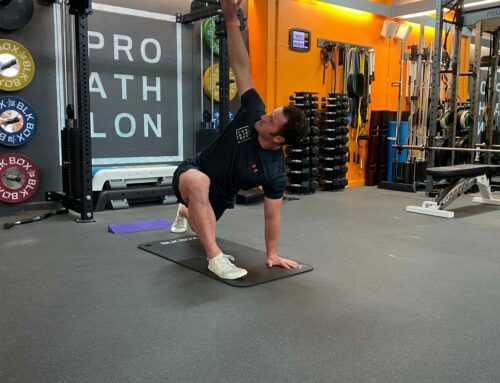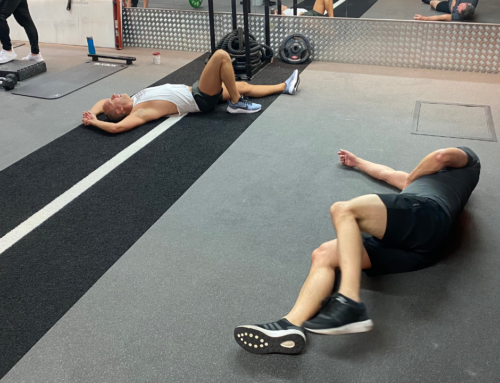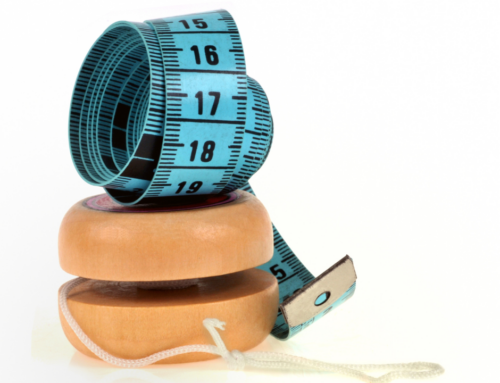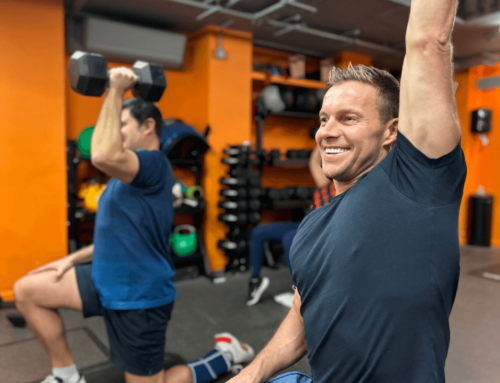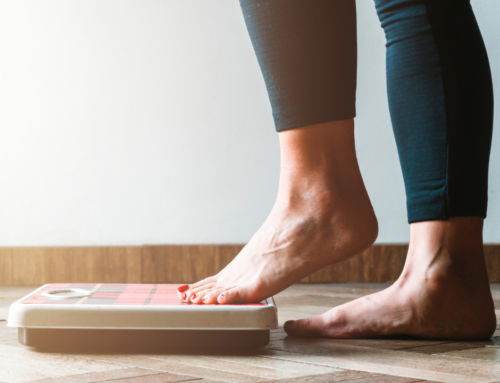Why power training is important, whatever your age – and how to get started
If you’re struggling to run for the bus or your legs are shot to pieces after walking up the escalator, then it would be a good idea to incorporate some power work into your training. There are many benefits of power training, and it’s something that we encourage everyone to build in to their training with us, whether that’s personal training or small group personal training.
What is Power Training?
Power is simply strength at speed. Think squat jump rather than squat, or chest pass, where you throw a ball, rather than bench press.
What are the Benefits of Power Training?
There are so many benefits of Power Training. It can help with sports and performance, it can help us as we age, and it can benefit us in our day-to-day activities now. Benefits include:
- Being able to run and move faster, resulting in better performance in the gym or in sports
- Improved general mobility – if you sometimes feel like a rusty old tin man, power will help!
- Increased strength and speed, which can reduce the risk of falls when we get older
The benefits of power training as we get older are particularly important. As we age, we lose power at twice the rate of strength. With this loss the likelihood of falling significantly increases.
28-35% of people aged 65+ fall 2-4 times per year,
increasing to 32-42% for those over 70.
A fall can seriously alter the course of a person’s life and confidence. I remember my nan (god bless her) enjoying dancing well into her early 80s and then she had a nasty fall and fractured her hip. From that moment on she never danced again and was less independent.
Having the speed (power) to move your joints into a position to recover a fall, and then the strength to decelerate and stop the fall will significantly reduce the likelihood of a fall and injury.
You also get the added bonus of stronger/denser bones from strength training, so it’s a win-win.
For me, it is being able to run, jump and play around my two young children, who will only be getting stronger and more powerful as they age (I need to keep up with them).
How do I Train for Power?
There are many different ways to train for power. Too many to include within this blog post but, to get you started I’ve included an eight phase progression (from low to high skill) for bilateral (both legs) lower body power training.
As with all exercise programming, the key is to master the basics before progressing onto higher skill exercises.
It is also important to spend time at each phase to allow your muscles and tendons, ligaments and joints to adapt to the stress. Power training puts an increased demand on your muscles, tendons and indeed your nervous system so longer recovery periods are needed.
Use these three progression parameters when including power training into your workouts
- Start with low skill moves and progress to high skill when you are ready (see below)
- Start with a low number of repetitions and progress to a moderate volume over time
- Move from bilateral (using two feet) to unilateral (single leg) once you build strength and get more confident with the movements
1. Drop landing drill
2. Hop jump stick drill
3. Box jump & stick
4. Squat jump & stick
5. Hop squat jump & stick
6. Continuous jumping
7. Depth jump & stick
8. Depth jump
If you have any questions about power training or need help with programming it into your current programme please feel free to get in contact.


